The rise of TSMC: How one chipmaker started making everyone's chips
Morris Chang, who founded Taiwan Semiconductor Manufacturing Company in 1987, focused the company on chip manufacturing, not design
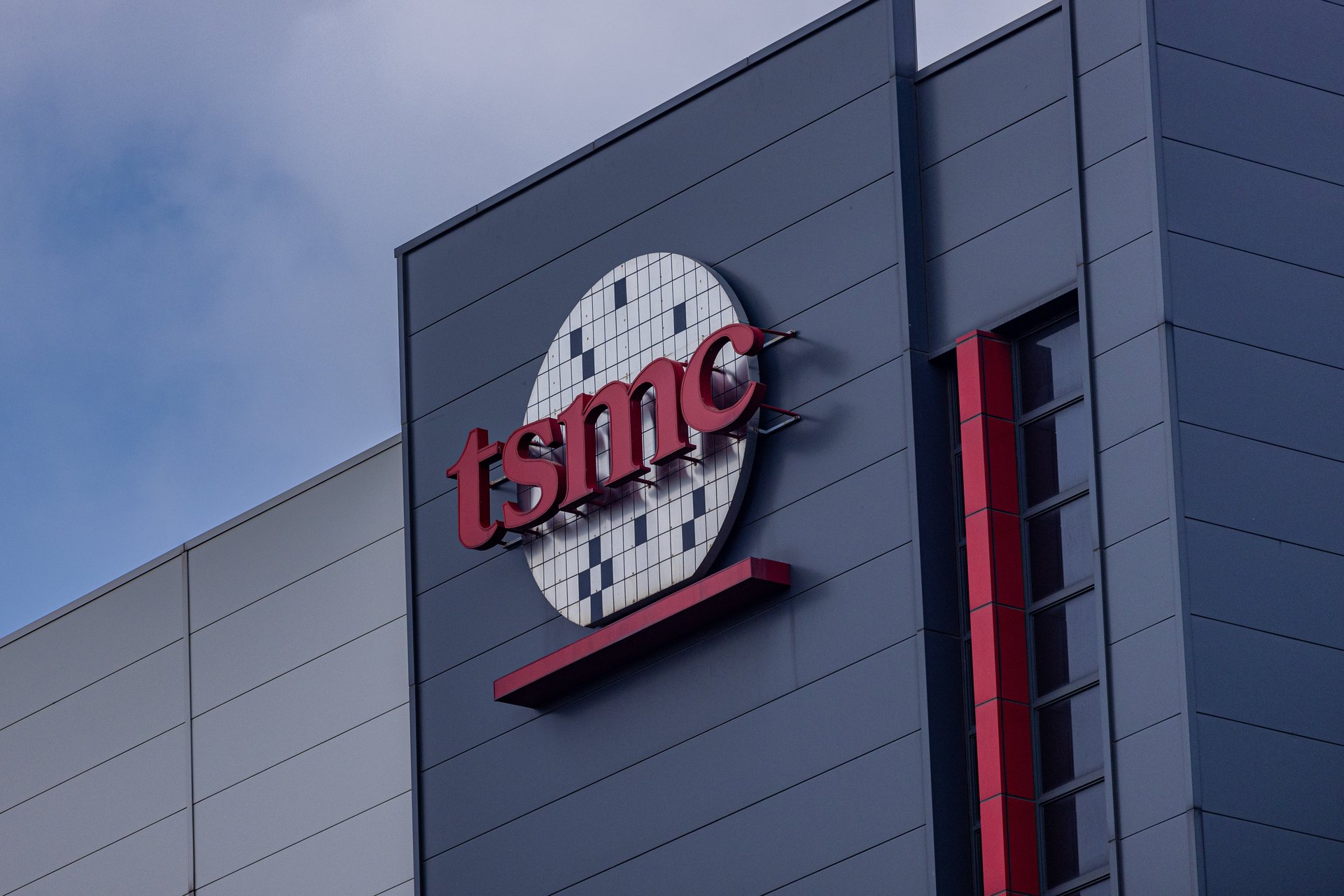
Taiwan Semiconductor Manufacturing Company (TSMC) makes an estimated 90% of the world’s cutting-edge logic chips — the tech that powers some of the most advanced electronics on Earth, from iPhones to artificial intelligence models.
Let’s dig into how Morris Chang, the Chinese-born, U.S. citizen who founded TSMC, led the firm to beat its chip manufacturing rivals and become one of the world’s most valuable companies.
2 / 9
1949: Morris Chang moves to the United States to attend Harvard University
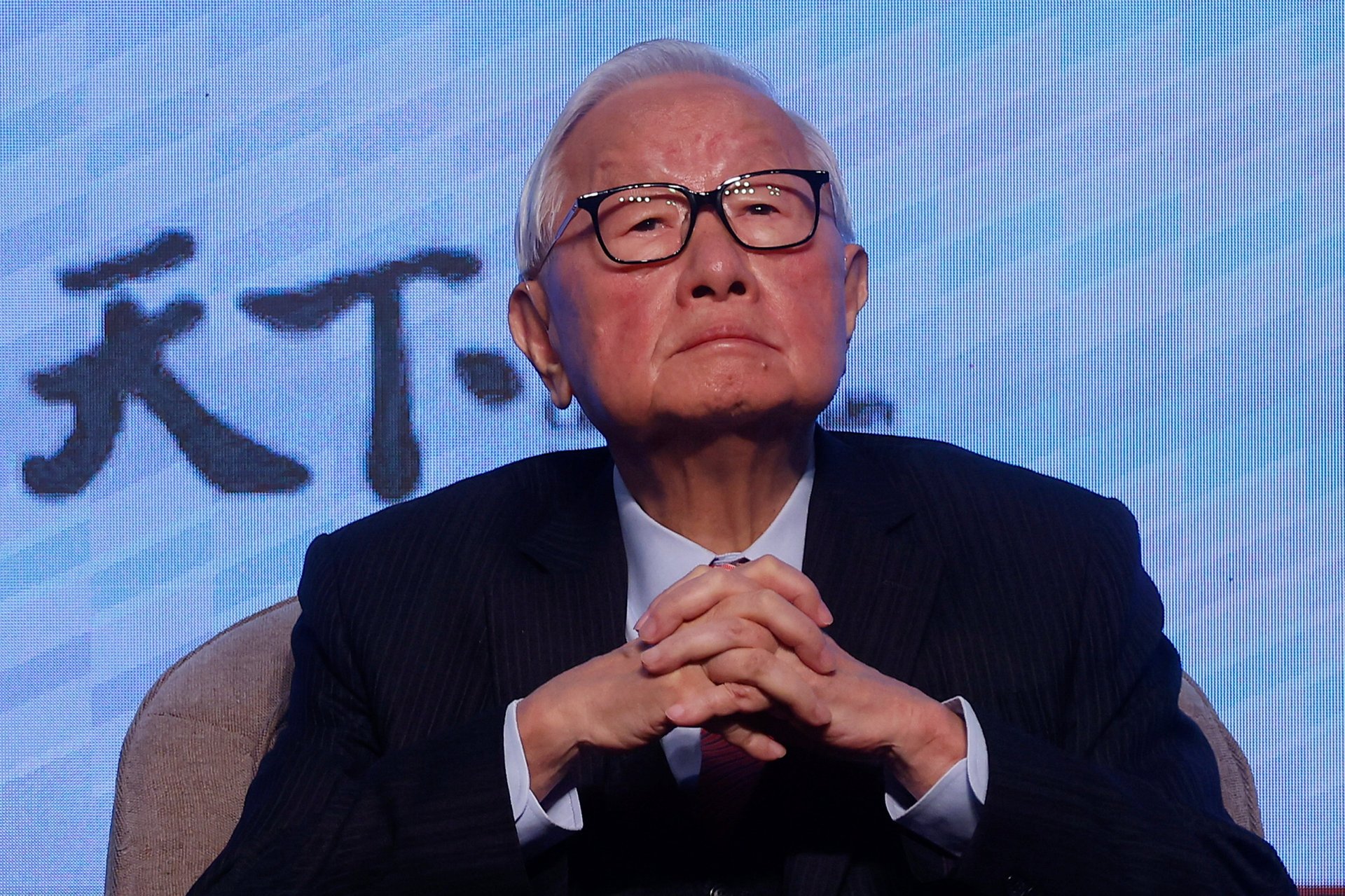
Chang, a native of mainland China, came to the United States to study at Harvard University where he was the only Chinese student in its freshman class. He eventually transferred to study mechanical engineering at the Massachusetts Institute of Technology (MIT). However, Chang failed a qualifying exam for a doctoral degree at MIT twice in 1955.
“Many years later, I considered failing to be admitted to the Massachusetts Institute of Technology’s Ph.D. program as the greatest stroke of luck in my life,” he later wrote in his autobiography.
3 / 9
1958: Chang gets a job at Texas Instruments just as the semiconductor industry takes off in the U.S.
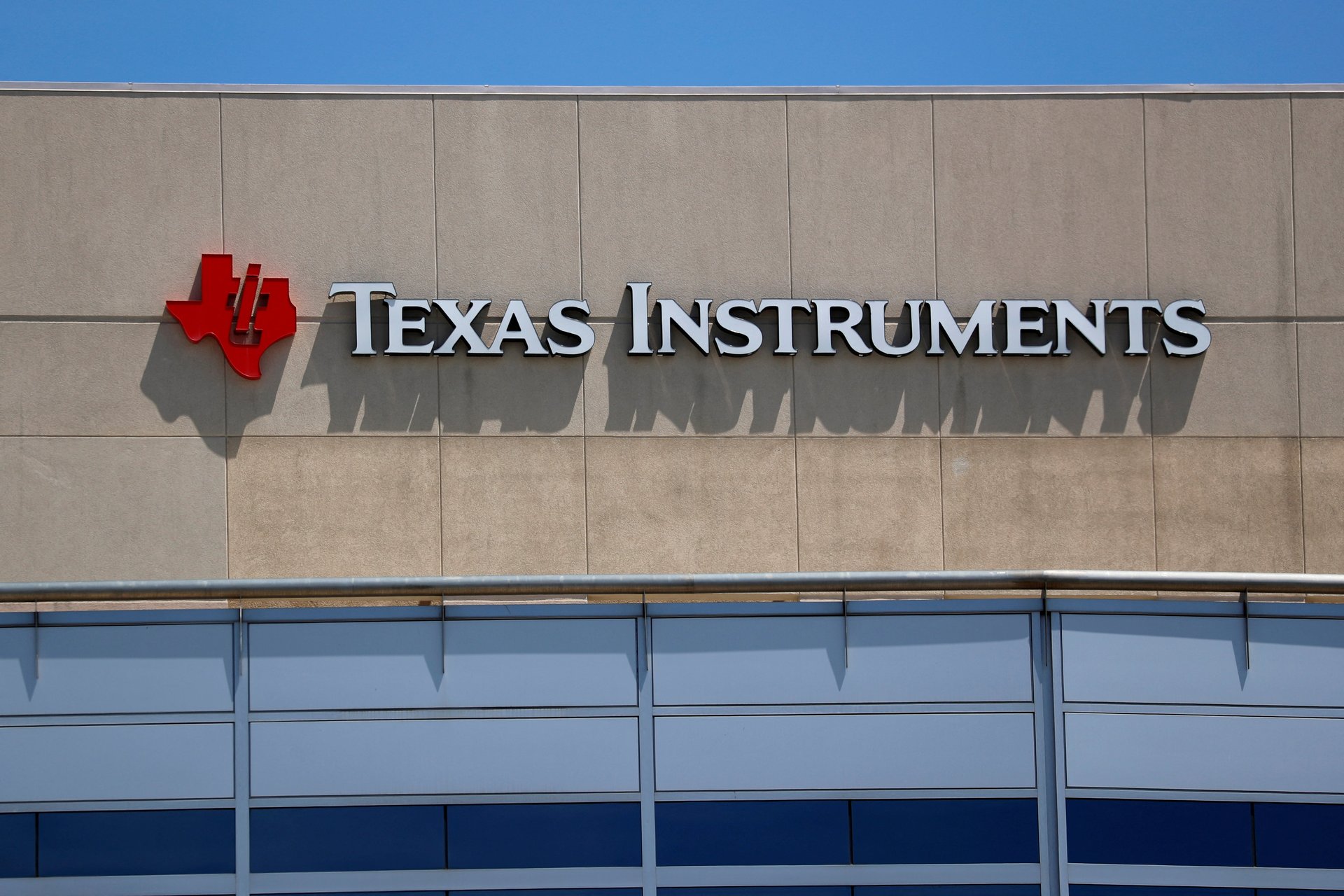
Chang started at Texas Instruments, a leading semiconductor company, in 1958. There, he became a crucial part of its chip business.
At the time, the U.S. was a leader in chip production, with companies including Texas Instruments and Intel pioneering the way. Before Chang went to Texas Instruments, he started an engineering job with Sylvania where he was introduced to transistors — the part of the chip that amplifies or switches electrical signals.
“That was the start of my semiconductor career,” Chang told the New York Times. “In retrospect, it was a damn good thing.”
In 1962, Chang became a U.S. citizen.
4 / 9
1970s: Breakthroughs at Texas Instruments, where Chang is in charge of semiconductors
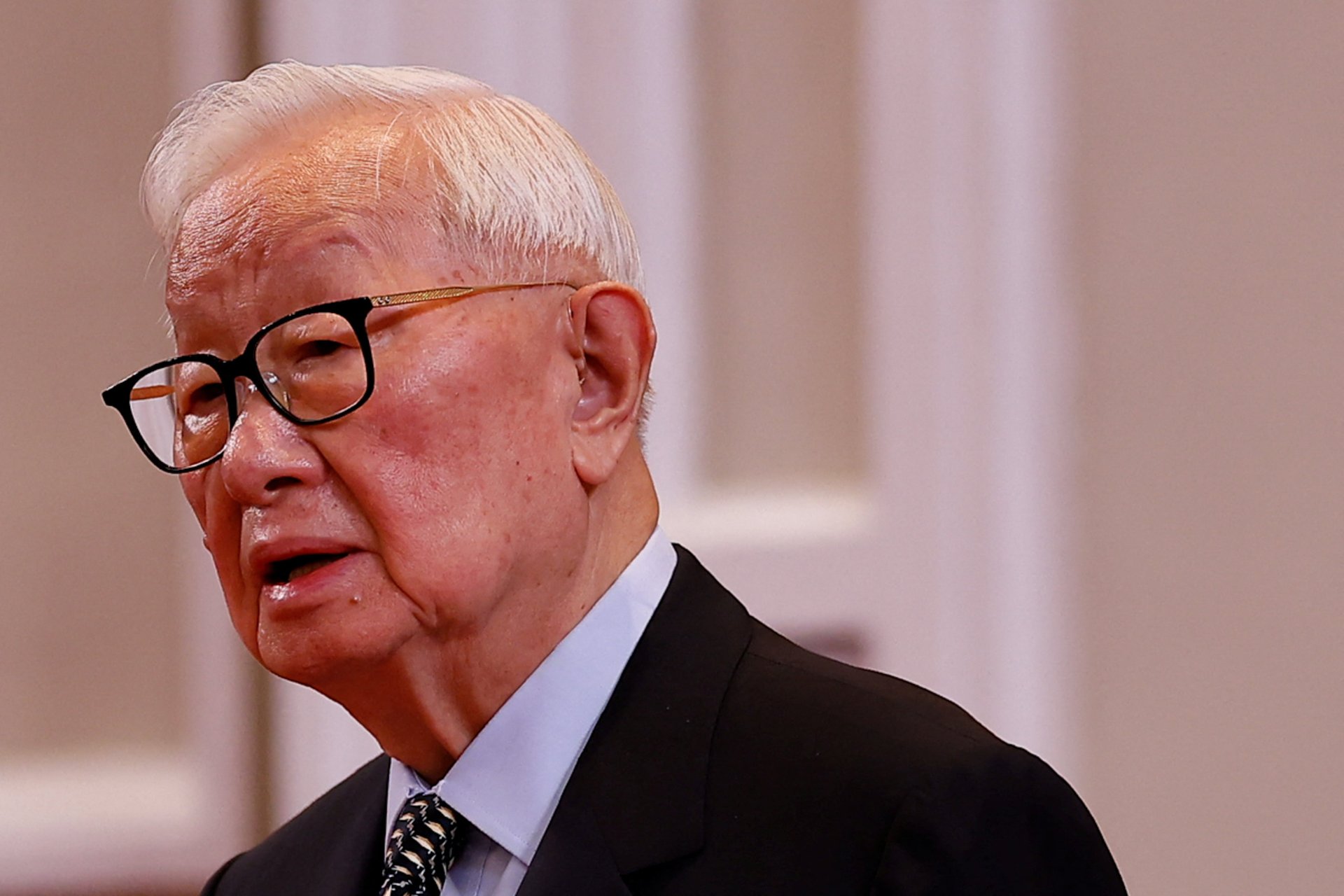
While at Texas Instruments in the 1970s, Chang saw the company produce a chip that could synthesize human voices, leading to the creation of the Speak & Spell device for children to learn spelling and pronunciation. However, as Texas Instruments began turning to calculators and other emerging tech markets later in the decade, Chang saw his time at the company coming to an end.
5 / 9
1980s: Semiconductor manufacturing rises in Asia, particularly in Japan
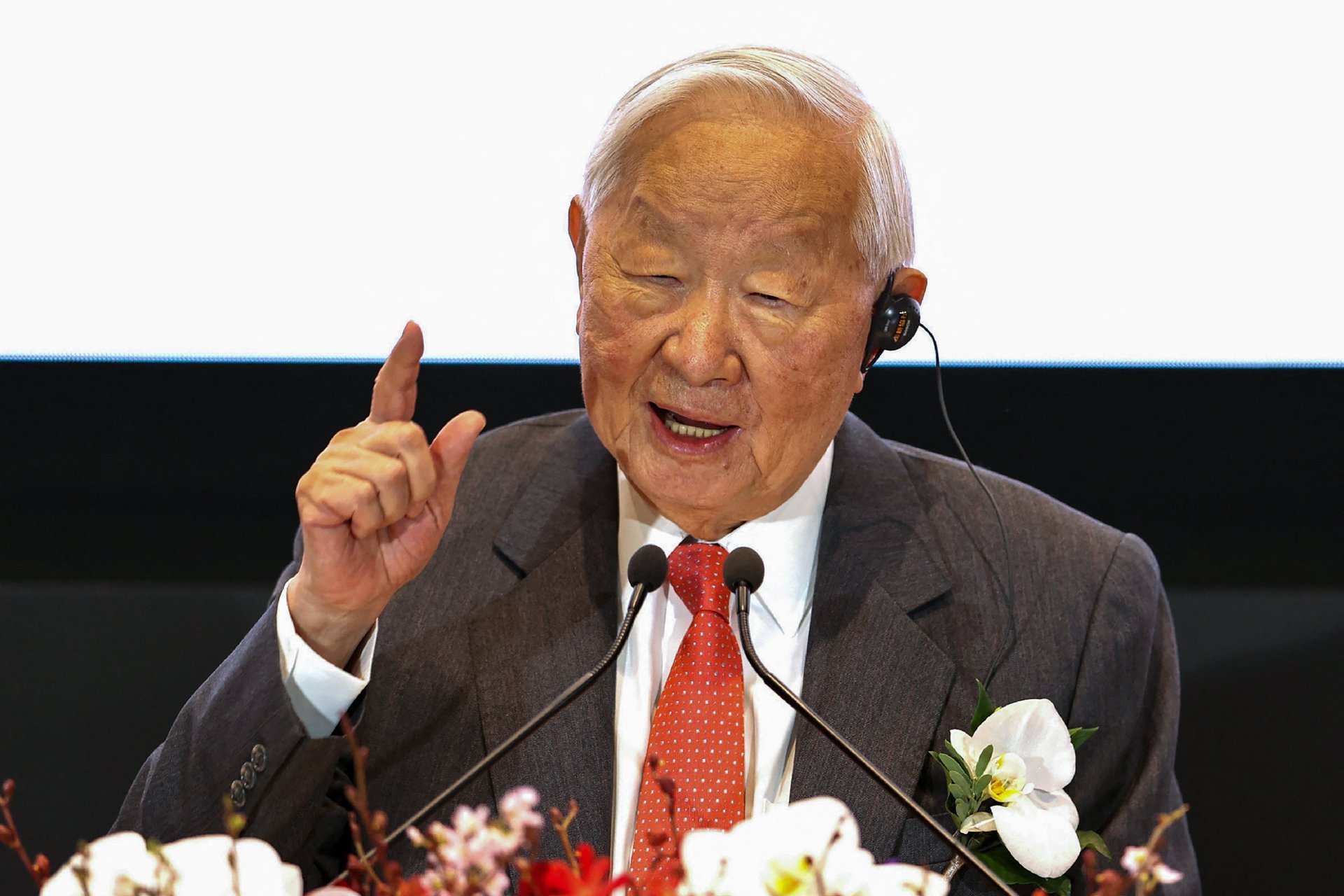
When Texas Instruments opened a chip factory in Japan in the early 1980s, Chang was sent to the country to see why its factory there was developing chips faster than in the U.S. He found low turnover among well-qualified engineers.
In 1984, Chang joined another chip company, General Instrument, where he met an entrepreneur focused on designing chips. That’s when he noticed the chip industry’s trend of outsourcing chip manufacturing.
6 / 9
1987: Taiwan Semiconductor Manufacturing Company (TSMC) is founded
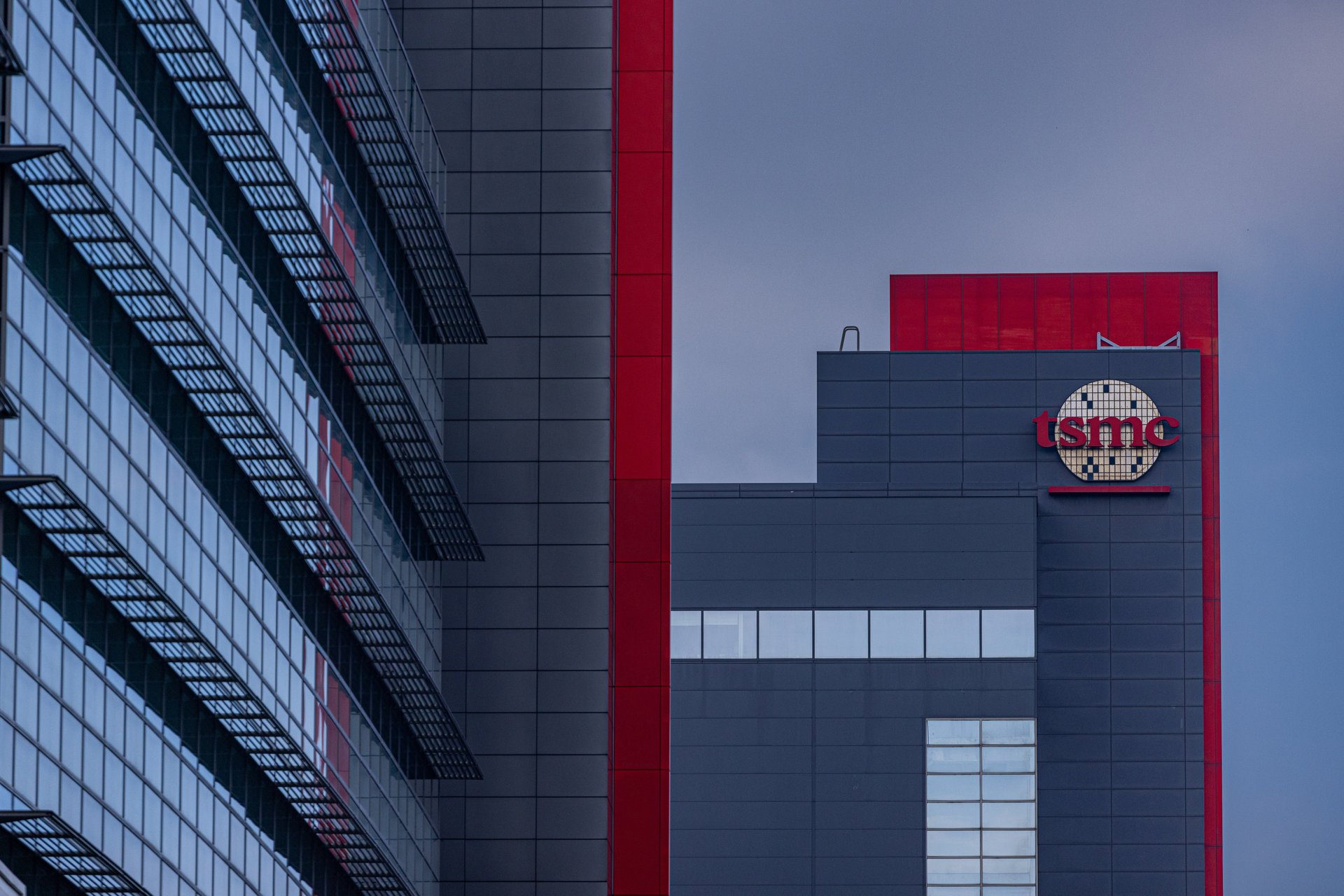
As Taiwan focused on developing its semiconductor industry (its first semiconductor plant started producing chips in 1969), Chang was asked by the Taiwanese government to lead an institute focused on innovating chip manufacturing, and left the U.S. in 1985.
“I certainly had no plan to spend nearly so much time in Taiwan,” he told the New York Times. “I thought I was going back in maybe just a few years, and I really had no plan to set up TSMC, to set up any company in Taiwan.”
Chang was asked by Li Kwoh-ting, known as the godfather of Taiwan’s tech development and a government official, to commercialize Taiwan’s state-led chip efforts, and Taiwan Semiconductor Manufacturing Company was founded in 1987.
TSMC would be a chip manufacturer, not a chip designer, and compete with the dominant Intel, and South Korea’s Samsung.
7 / 9
2009: TSMC has layoffs for the first time in over 20 years, and Chang comes back as CEO
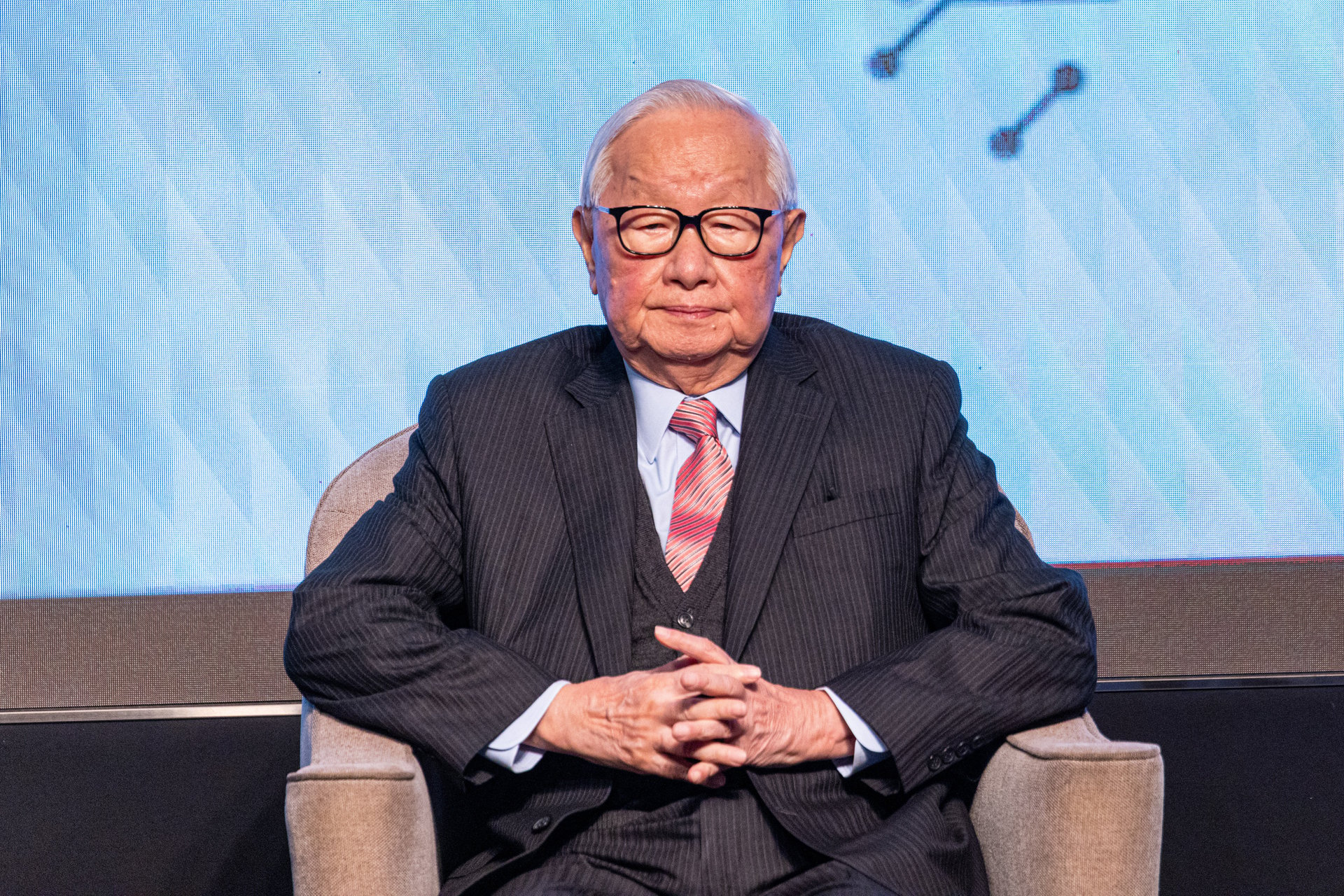
Chang stepped down as TSMC’s chief executive in 2005, but came back four years later after his successor, Rick Tsai, conducted the company’s first ever layoff after the 2008 financial crisis.
8 / 9
2010: A contract with Apple propels TSMC ahead of its rivals
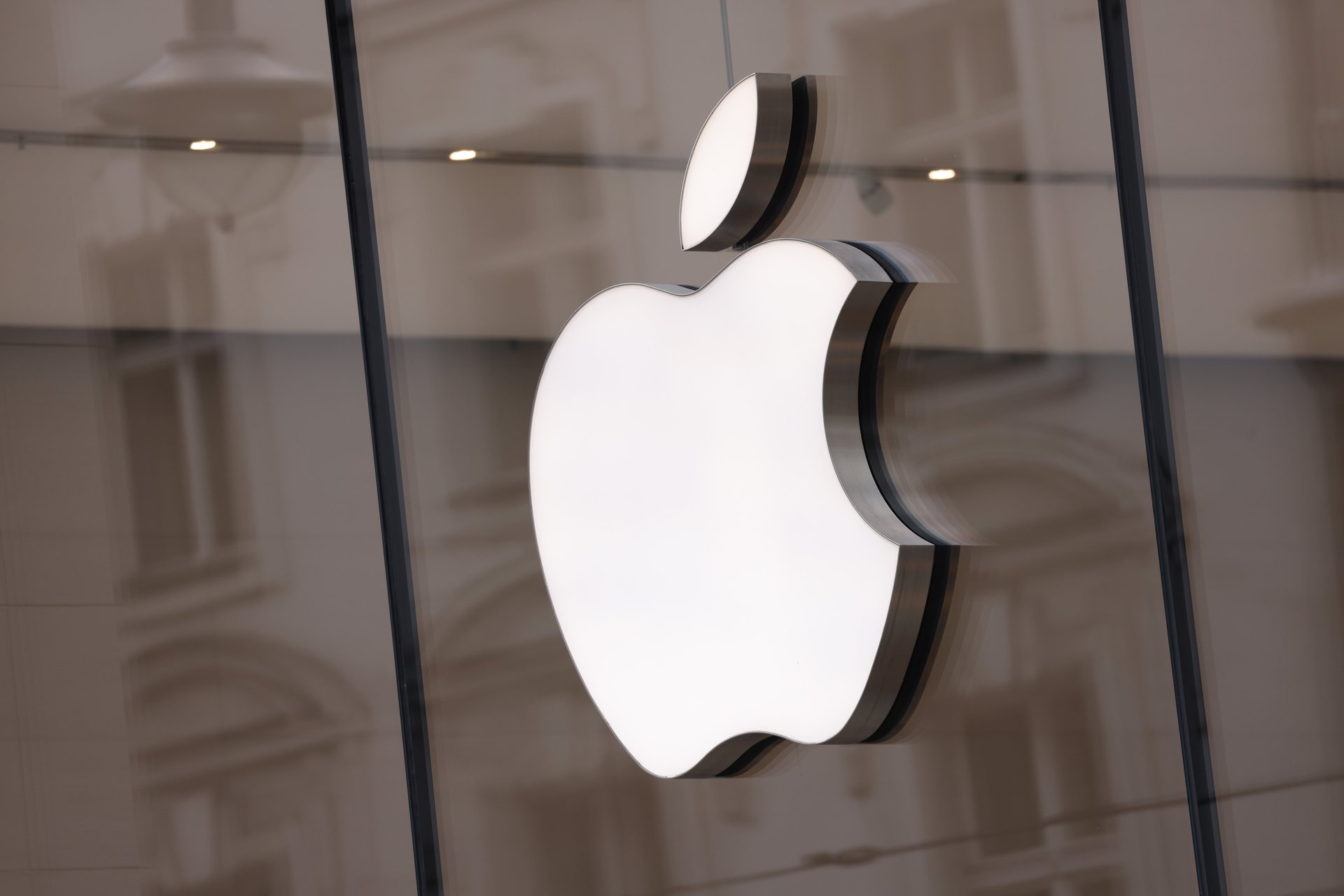
In 2010, Jeff Williams, a senior vice president at Apple, reached out to Chang through his wife, Sophie Chang, a relative of Foxconn founder, Terry Gou. Foxconn is a key manufacturer of iPhones and other Apple products.
Apple was looking for another chipmaker to work with, as its supplier Samsung became a rival in the smartphone market. TSMC became Apple’s primary chip maker, while Apple became TSMC’s largest client, accounting for 25% of the company’s revenue in 2023.
Chang retired again from TSMC in 2018.
9 / 9
2024: TSMC gets $6.6 billion in Chips Act funding for its first major U.S. chipmaking hub
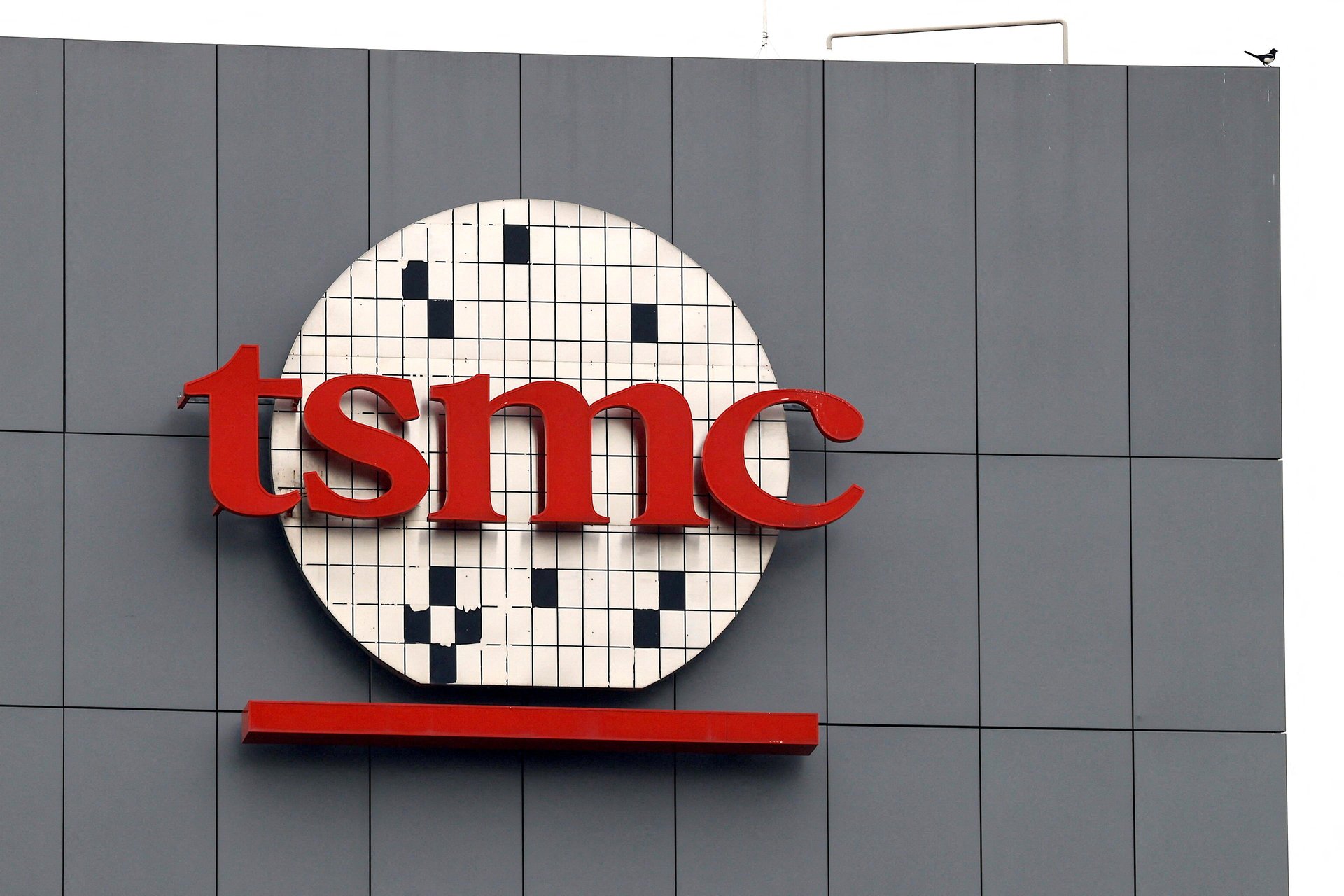
TSMC was awarded $6.6 billion in federal grants through the CHIPS and Science Act, as well as up to $5 billion in loans to support its first major U.S. chipmaking hub in Phoenix, Arizona. TSMC is building two chipmaking facilities in Arizona, one which is expected to begin production in 2025, and the other which is expected to begin production in 2028. Some of the new funding will go toward a third facility focused on producing 2-nanometer or more advanced technology by the end of the decade.
The chipmaker opened its first chip factory in Japan in February — Japan Advanced Semiconductor Manufacturing (JASM) — and is expected to start operations there later this year.